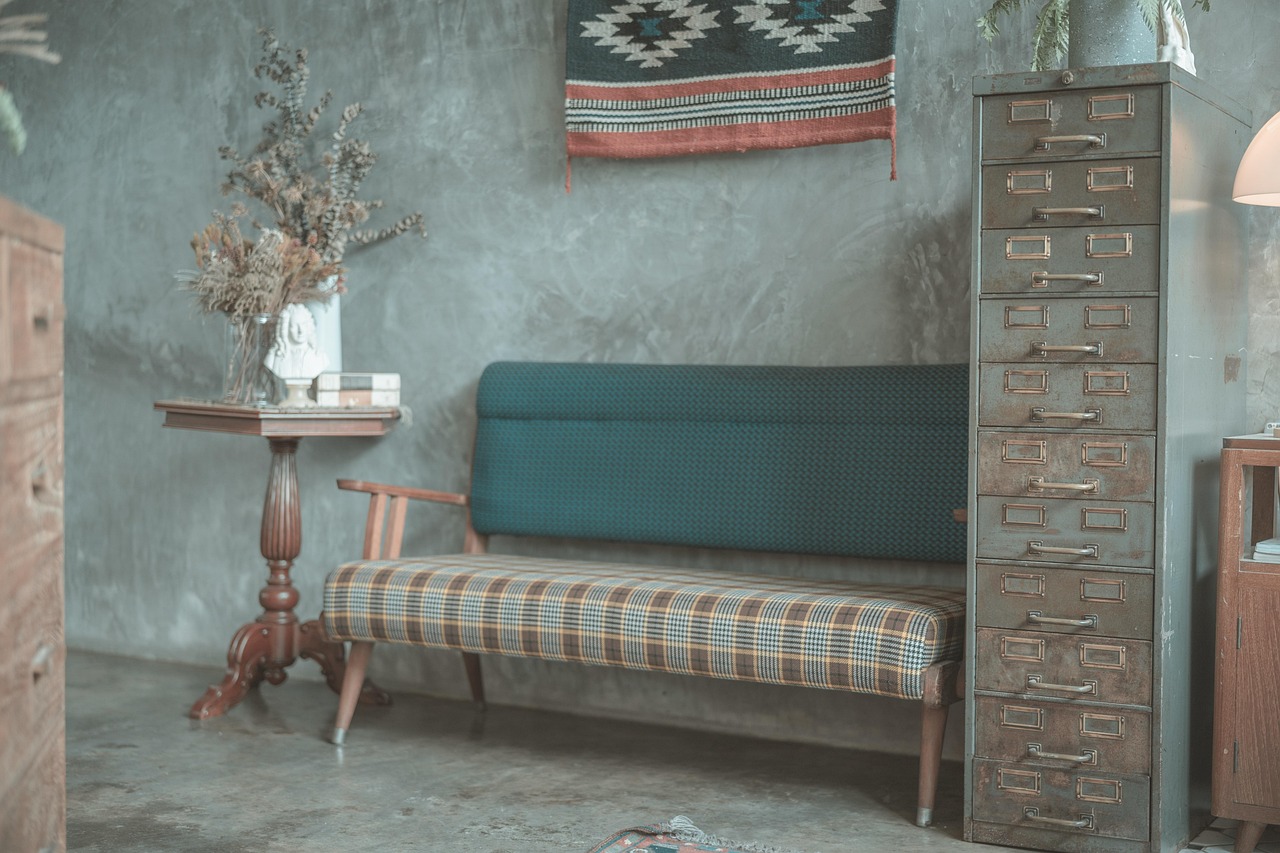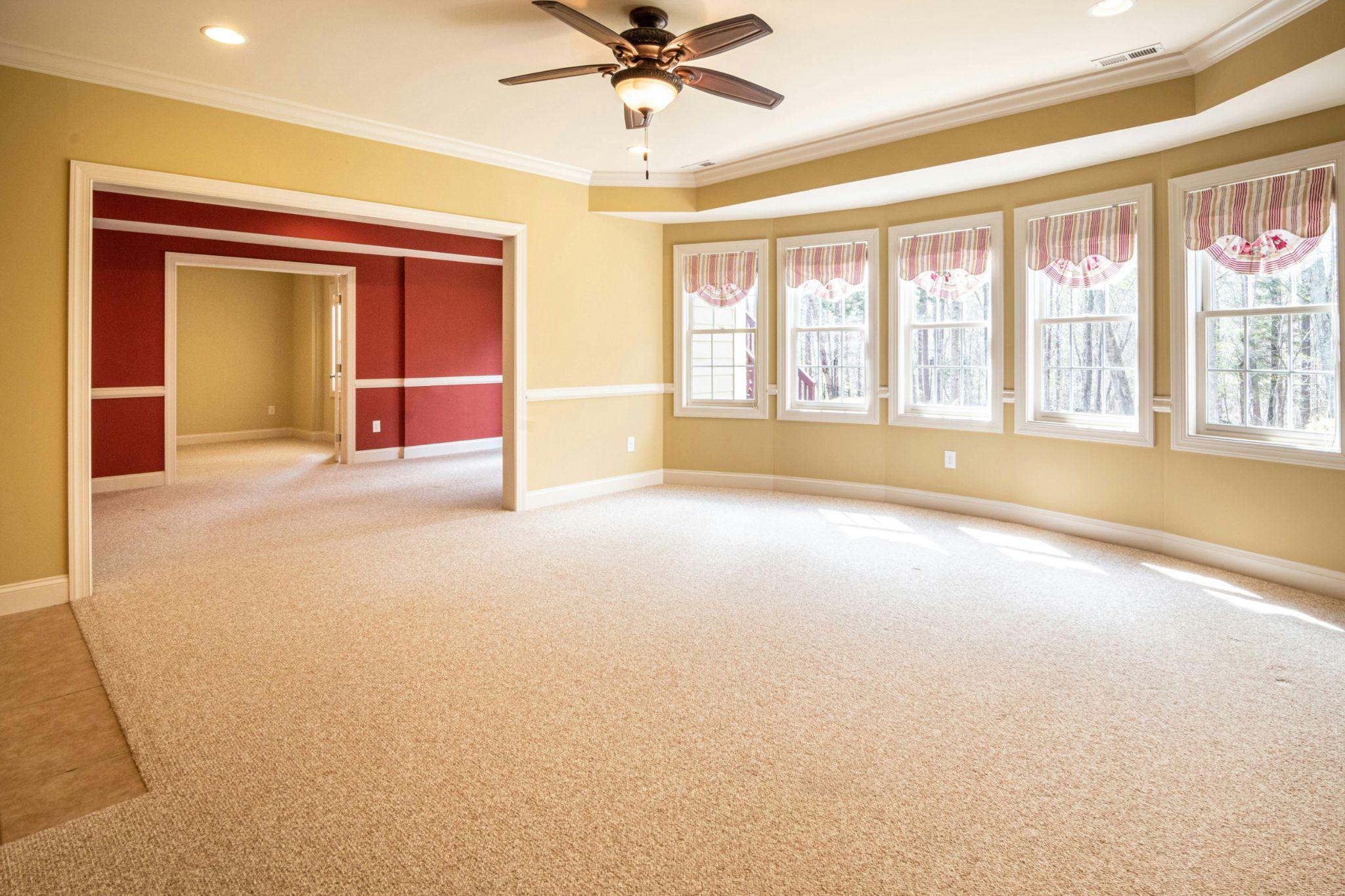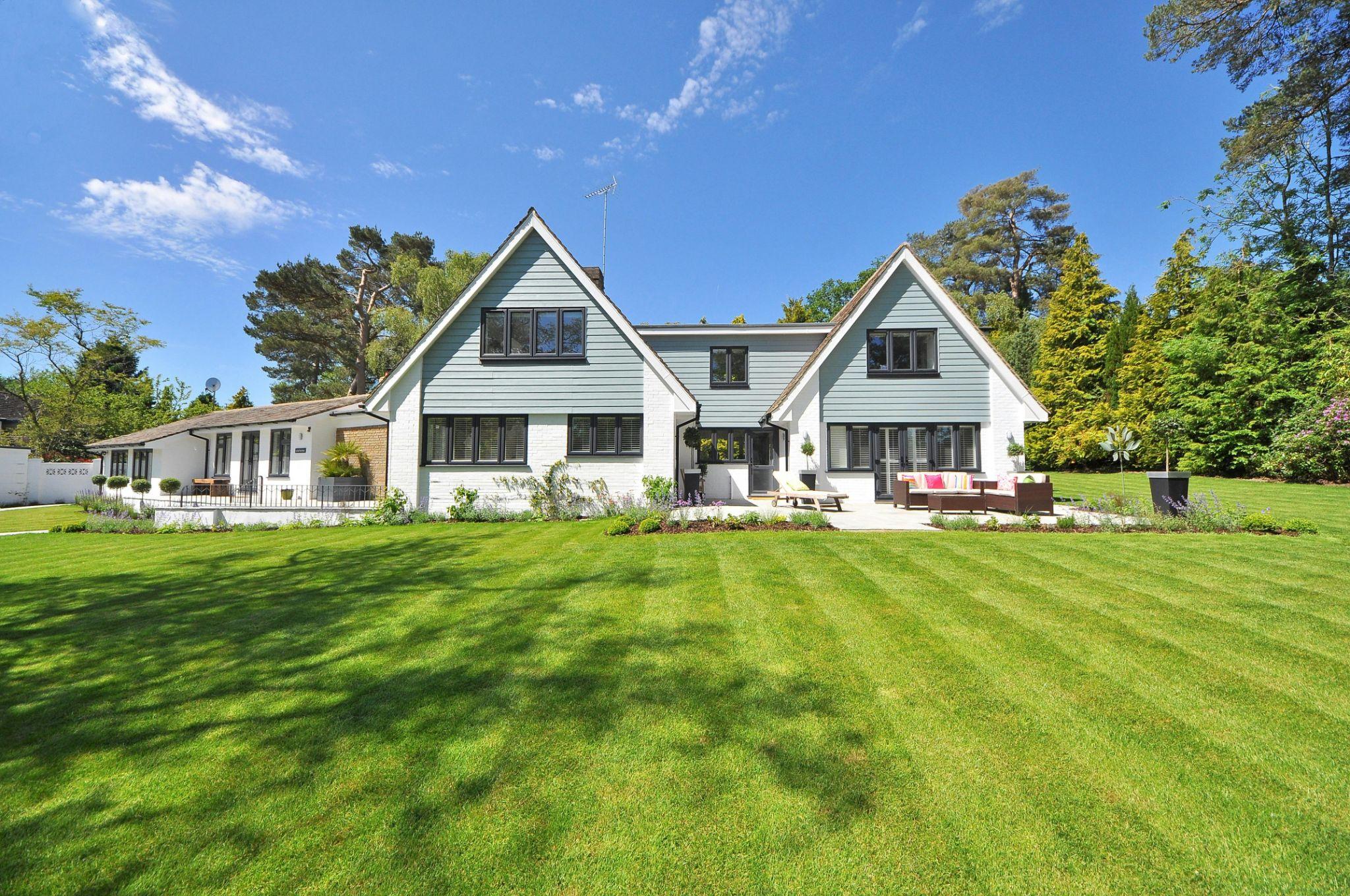Incorporating Vintage Furniture into Modern Spaces: A Complete Guide

In today’s design landscape, the fusion of vintage and contemporary elements creates spaces with character, depth, and uniqueness. Integrating vintage furniture into modern homes isn’t just trendy—it’s a sustainable approach to decorating that celebrates craftsmanship while adding distinctive personality to your space. (more…)
Achieving Balance in Open Concept Living: Design Strategies for Functionality and Aesthetics

Open concept living spaces continue to dominate modern home design, offering flowing interiors that maximize light, create a sense of spaciousness, and facilitate connection between family members. However, designing these expansive areas presents unique challenges. The key lies in balancing functionality and aesthetics while maintaining distinct zones that serve different purposes. This comprehensive guide explores practical strategies to create harmonious open concept spaces that are both beautiful and livable. (more…)
[Top]DIY Backyard Projects to Transform Your Outdoor Space

Transform your ordinary backyard into an extraordinary outdoor sanctuary with these creative DIY backyard projects. Whether you have a spacious yard or a compact outdoor area, these projects will help you maximize your space while adding functionality, beauty, and personal flair. From cozy seating arrangements to vertical gardens, lighting solutions, and decorative accents, these ideas will inspire you to roll up your sleeves and create the backyard oasis you’ve always dreamed of. (more…)
[Top]